One in ten people on the planet complains of neck pain.After lower back problems, this is the second most common reason patients see an orthopedist.Limitation of daily and professional activity, physical and emotional discomfort, decreased quality of life - this is what people with diseases of the cervical spine have to face.Therefore, it is necessary to pay attention to any signs of pathology, and to prevent it from progressing, consult a doctor promptly.
Reasons
The origin of neck pain is quite varied.In this area there are bony structures (spine), soft tissues (muscles, tendons, ligaments), nerves and blood vessels.They are subject to mechanical, inflammatory, metabolic and dystrophic changes.In this case, other nearby areas are often affected: the head, shoulders and thoracic region.Neck pain becomes a kind of indicator of the following pathology:
- Osteochondrosis.
- Intervertebral hernia.
- Spondyloarthrosis.
- Spondylitis.
- Myositis.
Most of these conditions develop under conditions of constant load on the spine.The neck is its most mobile part, exposed to external factors.Awkward postures, sedentary work, constant muscle tension, hypothermia and stress are becoming common factors in modern life that contribute to the development of diseases.
Neck pain is not only local, but also referred.They often spread to this area due to shoulder pathology, which includes:
- Arthritis.
- Osteoarthritis.
- Humeroscapular periarthritis.
- Brachial plexitis.
In addition, any part of the skeleton suffers from injury, which cannot be called a rare occurrence.Given these characteristics, to identify the cause of pain syndrome, it is necessary to carefully carry out differential diagnosis.And this is possible only after a medical examination and further research.
If you are worried about neck and shoulder pain, first of all you need to consult a specialist.Any therapeutic measures follow diagnostic ones.
Symptoms
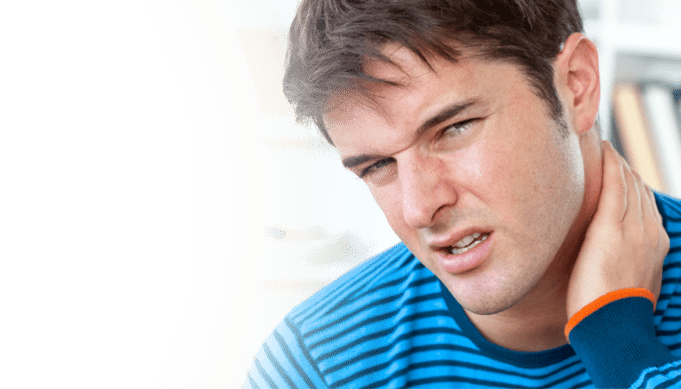
Every disease has its symptoms.Neck pain is the most obvious sign of spinal pathology, which is difficult not to pay attention to.According to medical terminology, this symptom is called cervicalgia.And spreading shoulder pain gets a new name: cervicobrachialgia.This occurs due to the common innervation and blood supply to these areas.
The characteristics of neck pain depend on the severity and extent of the process, as well as on the subjective sensations of the patient himself.As a rule, they are as follows:
- Sharp or dull.
- Shooting, stabbing, aching, pulling.
- Single-sided or double-sided.
- Weak, moderate or strong.
- Paroxysmal or constant.
- It appears when you move your head, arms or remain at rest.
Along with neck pain, there are other symptoms that allow you to establish the source of pathological impulses.This requires their detailed analysis, carried out as part of a clinical examination.
Spinal diseases
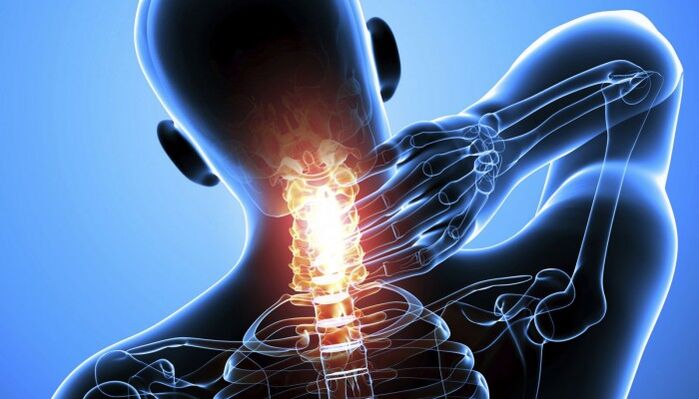
Of all the causes of pain in the cervical region, the pathology of the spine comes first of all.Many patients have osteochondrosis and herniated discs;often deal with immune spondyloarthritis;infectious spondylitis is somewhat less common.Neck pain may develop due to muscle spasms or compression of nerve roots (radiculopathy).In the latter case, it is accompanied by innervation disorders, which are manifested by the following symptoms:
- Numbness, crawling, burning, tingling.
- Decreased sensitivity in the neck, shoulders and arms.
- Revitalization or suppression of tendon reflexes.
- Muscle weakness.
- Pallor of the skin, its “marbling”.
The neck muscles are reflexively tense and can be felt as dense ridges on the sides of the spine.Head movements are severely limited.Often accompanied by throbbing or pressing headache.If the spinal cord is involved in the pathological process, conduction disorders develop in the form of paresis of the upper and lower extremities.
In addition to neck pain, spinal pathology can become a source of very serious problems, leading to the loss of working capacity.
Myositis
When your neck muscles hurt, myositis is likely to develop.It occurs in response to prolonged stress, hypothermia, or appears due to an infection.As a rule, the pain is aching in nature and does not spread to other areas.The range of motion is limited, local signs of inflammation are present: swelling, redness, increased local temperature.The course of myositis is not serious, the disease is rarely accompanied by complications.
Plexus

Pain may occur due to inflammation of the nerve plexuses located in the neck and shoulder area.They are formed from the anterior branches of the spinal roots and are responsible for the innervation of the skin and muscles in the corresponding areas, as well as the diaphragm.Cervical plexitis is accompanied by the following symptoms:
- Acute paroxysmal pain in the neck.
- Weakness of the paraspinal muscles.
- Hiccup.
- Dyspnea.
Damage to the brachial plexus is accompanied by motor, sensory and autonomic disorders of the upper limb: weakness, decreased superficial and deep sensations, pallor.
Neck and shoulder pain can be a sign of inflammation of the nerve plexuses - plexitis.It should be distinguished from vertebrogenic causes.
Arthritis
Arthritis of the shoulder joint is also accompanied by pain.Inflammation can be immune, metabolic or post-traumatic in nature.The following symptoms occur:
- Shoulder swelling.
- Redness of the skin above it.
- Increase in local temperature.
- Limitation of movement in the joint.
Shoulder damage can be isolated or part of the structure of polyarthritis in connective tissue diseases, gout.If treatment is not timely, the prerequisites are created for the development of arthritic changes in the joint.
Osteoarthritis
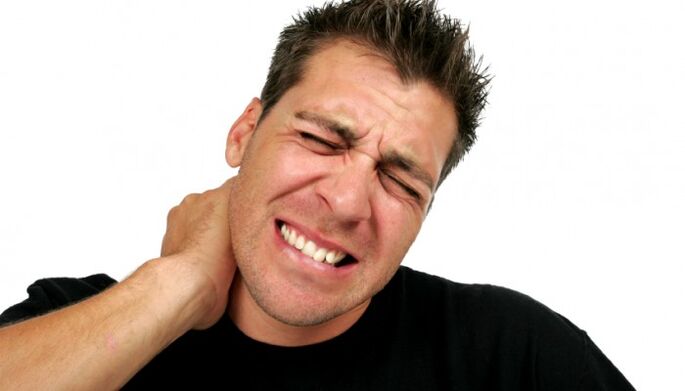
Shoulder pain often becomes a manifestation of arthrosis.This pathology is degenerative and dystrophic in nature and affects all components of the joint and mainly the cartilaginous tissue.Characterized by a slow but constant progression.When osteoarthritis develops, it is accompanied by the following symptoms:
- Creaking in the neck, friction, clicking in the joint.
- “Initial” and “mechanical” pain (appears at the beginning of the load), which then becomes constant.
- Shoulder deformity.
- Limitation of movements.
The disease brings considerable suffering to patients, reducing their physical activity and preventing them from carrying out their usual activities.
Humeroscapular periarthritis
This disease develops due to inflammation of the periarticular tissues and synovium of the shoulder.Periarthritis is often the result of injury or overuse.It is accompanied by the following symptoms:
- Sudden pain in the shoulder, radiating to the neck and arm, worse at night.
- Strong limitation of mobility, particularly of abduction and elevation of the arm.
- Forced position of the limb: bent at the elbow and pressed against the body.
- Swelling along the anterior surface of the joint and on the sides.
Humeral periarthritis is often confused with arthritis or arthrosis, but differs from these diseases by the absence of pathological changes in the joint itself.
Diagnostics
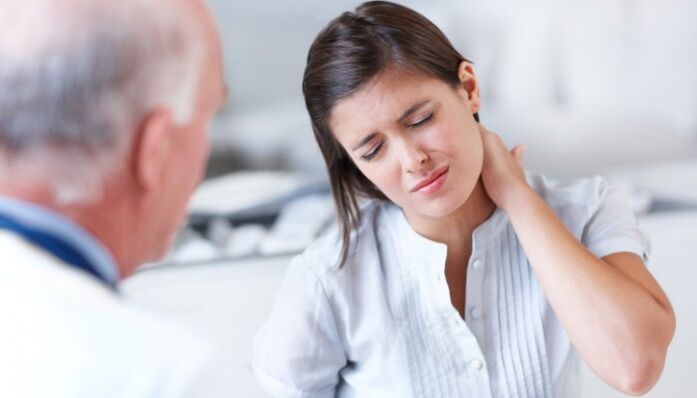
To identify the causes of neck and shoulder pain, it is necessary to conduct a comprehensive examination of the patient, including additional methods.With the help of laboratory and instrumental studies, it is possible to establish metabolic and structural disorders in the body.Depending on the clinical situation, the following procedures may be necessary:
- General blood and urine analysis.
- Blood biochemistry (indicators of inflammation, rheumatic tests, uric acid, calcium).
- X-ray of the spine and shoulder joint.
- Magnetic resonance tomography (computer).
- Neuromyography.
- Arthroscopy.
Pain radiating to the left shoulder and arm must be differentiated from cardiac pathology, so electrocardiography should be added to the above studies.It is impossible to do without consulting specialized specialists: neurologist, vertebrologist, traumatologist, rheumatologist.
The origin of the pain is determined based on the results of a comprehensive examination.Once the diagnosis is established, therapeutic measures can begin.
Treatment
To treat neck pain, you need to know the mechanisms of its development and causes.When they are clearly defined, a therapeutic program is formed for the patient.The treatment includes methods of multidirectional effects on the musculoskeletal system, which allow you to eliminate inflammatory changes, stop dystrophic processes, relieve pain and muscle spasms.First, you should minimize the load on the neck and shoulder girdle to relieve the affected areas.You may need to wear a Shantz collar.
Drug therapy
Treatment of neck pain necessarily includes pharmacological correction.Modern medicine has a large arsenal of drugs that help patients with problems of the musculoskeletal system.The most commonly prescribed drugs are:
- Non-steroidal anti-inflammatory drugs.
- Muscle relaxants.
- Chondroprotectors.
- B vitamins.
- Vascular.
For neck pain that responds poorly to such treatment, paravertebral blocks with novocaine or intra-articular administration of hormonal agents are used.After eliminating acute symptoms, you can use local forms: ointment, gel, patch.
It is almost impossible to effectively treat the pathology of the skeletal system, which causes pain in the neck and shoulder joint, without medications.
Physiotherapy
Comprehensive treatment of pain in the cervical region includes physical methods.With their help it is possible to eliminate inflammatory phenomena and improve biochemical processes in the tissues.For pathologies of the cervical joints and shoulder, the following procedures can be used:
- Physiotherapy.
- Laser treatment.
- Wave therapy.
- Magnetotherapy.
- Paraffin and mud therapy.
- Reflexology.
- Balneotherapy.
Optimal procedures will be prescribed by a physiotherapist, taking into account the specifics of the disease and the characteristics of the patient's body.
Therapeutic exercise

Physiotherapy exercises are helpful for neck pain.For each patient, an individual gymnastics complex is developed, which will help treat the pathology: form a strong muscle corset, give flexibility and strength to the ligaments, restore freedom of movement of the spine and joints.
For the neck, exercises with post-isometric relaxation are suitable, in which static tension is replaced by relaxation.It is necessary to gradually expand the motor mode, avoid sharp turns and turns and active rotation of the head.
Regular performance of therapeutic exercises not only restores movement in the affected parts of the skeleton, but also improves the general condition of patients.
Massage and manual therapy
Methods of manual stimulation of the musculoskeletal system help treat pain in the neck muscles.Massage is not only a useful procedure, but also quite pleasant.At the same time, the blood supply to the soft tissues improves, the muscles relax, which helps to activate the recovery processes in the tissues.During manual therapy, functional blocks and subluxations in the cervical region are eliminated, the spine is lengthened, which leads to decompression of the nerve roots.
Operation
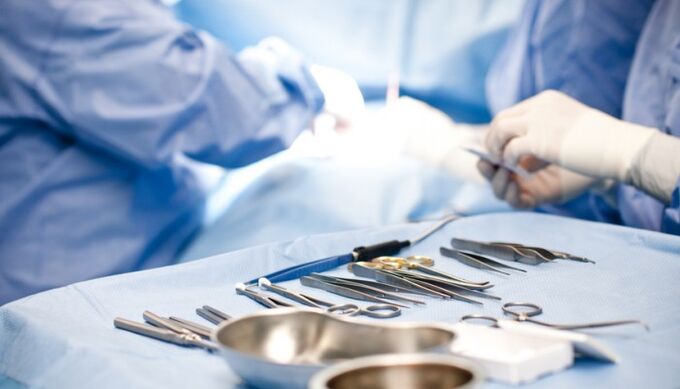
Radical treatment of neck pain is necessary when conservative measures are ineffective.Most often, the operation is performed for severe hernias and osteochondrosis.Pathological disc protrusions, osteophytes, vertebral displacements are removed endoscopically and signs of instability are eliminated.It is possible to perform prosthetics in the shoulder joint in case of severe osteoarthritis and correct contractures.Rehabilitation is required after surgery, which depends on the extent of the surgery.
Neck and shoulder pain bothers many patients.To eliminate discomfort and possible consequences, it is necessary to promptly diagnose and treat skeletal pathology.
























